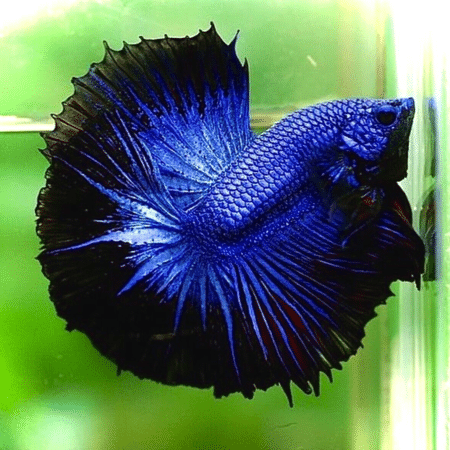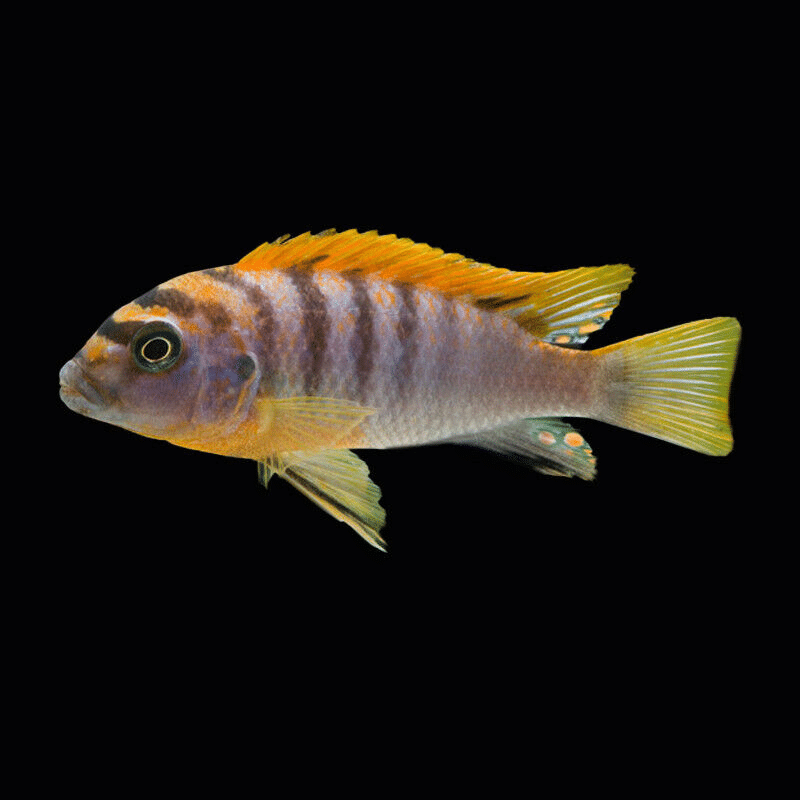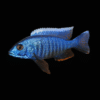-
×
-
×
-
×
-
×
-
×
-
×
-
×
-
×
-
×
-
×
-
×
-
×
Subtotal: £425.09



























Emily Carter (verified owner) –
I recently added the Hongi Cichlid (Labidochromis sp. Hongi) to my aquarium, and I couldn’t be happier! Their vibrant colors and unique patterns bring so much life to my tank. I’ve been keeping tropical fish for about three years, and these beauties stand out not just for their looks but also for their personality.
After about two weeks, I noticed how active and social they are, often swimming around and exploring. I’ve also been focusing on disease prevention in my aquarium, and I can tell these fish are thriving! They’ve adapted well to their environment and interact beautifully with my other Malawi cichlids.
What I appreciate about the Hongi is their relatively peaceful nature, especially compared to other cichlids I’ve had. They nip here and there, but nothing too aggressive. My only minor concern is that they need plenty of hiding spots to feel secure, so I highly recommend adding some caves or plants to your setup.
Overall, I think these fish are perfect for fellow hobbyists looking for an engaging and colorful aquarium fish. I wouldn’t hesitate to buy more or recommend them to friends. Shipping was quick, and they arrived healthy and ready to swim!